ALICE
Science goal: Understand high energy density quantum chromodynamics (QCD) created in relativistic collisions of heavy nuclei.
WL involvement: Havener is a co-convener for the Jets and Hard Photons Physics Working Group; Harris serves on the ALICE Management Board. Yale has contributed to various aspects of preparations and data-taking, including the construction of GEM readout chambers.

ALPHA, HAYSTAC, RAY
Science Goal: Search for axion dark matter using quantum and microwave technologies.
WL Involvement: Yale is responsible for systems engineering, cryogenics, and magnetics. Lamoreaux and Maruyama are PIs of HAYSTAC, Maruyama is spokesperson of ALPHA and PI of RAY.
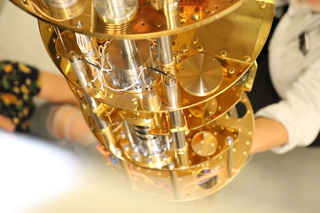
ATLAS
Science Goal: Precision tests of the standard model and new physics searches; including characterizing the Higgs Boson and using it to probe for new physics.
WL Involvement: The Yale team has critical responsibilities in the ATLAS collaboration for data quality and detector upgrades. Wright Lab has been the host of R&D and now construction of critical elements of the ATLAS tracker upgrade for the hI-LHC era.
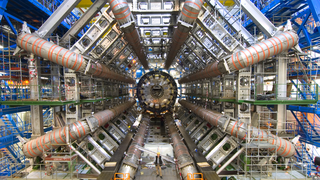
CHIME
Science goal: Measure the expansion history of the Universe and discover insights about dark energy.
WL involvement: The Newburgh group uses a technique called holography to map the beam shape of CHIME to be able to identify and remove emission from unintended sources.

COSINE-100
Science goal: Search for direct detection of dark matter, probing for an annual modulation in the signal reported by the DAMA/ LIBRA collaboration.
WL involvement: Maruyama is the PI and scientific co-spokesperson of COSINE-100.

CUORE & CUPID
Science goal: Search for neutrinoless double beta decay, which could answer why we live in a Universe of matter, not antimatter.
WL involvement: Yale is responsible for detector calibration, the study of cosmogenic backgrounds, double beta decay analysis, & the search for solar axions. Heeger and Maruyama are CO-PIs of CUORE & CUPID.
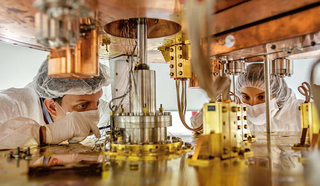
DESI
Science goal: Measure the effects of dark energy on the expansion of the Universe
WL involvement: The Yale Fiberview Camera—designed, built, and installed by the Baltay group at Wright Lab—is an integral part of the efficiency and precision of DESI.

DUNE
Science goal: Enable the study of parameters that determine the matter-antimatter imbalance in the Universe and the ordering of neutrino mass states.
WL involvement: Yale is responsible for the assembly of Charge Readout Planes at Wright Lab and studying the detector response.
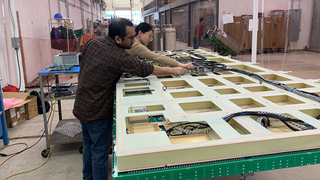
EIC/ePIC
Science goal: Understand high energy density quantum chromodynamics (QCD) created in relativistic collisions of heavy nuclei.
WL involvement: Yale has multiple R&D projects, including particle identification detectors. Testing & characterizing photosensors for the pfRICH detector will be done at Wright Lab. Yale is also involved in software development for PID reconstruction.
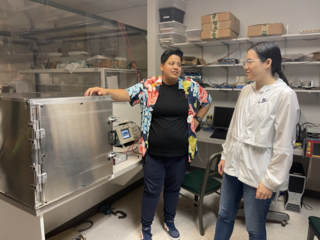
Harris Lab
Science goal: Explore the influence of quantum mechanics and topological effects upon the motion of macroscopic objects.
WL involvement: The group studies these phenomena in experiments that combine high-finesse optical cavities, ultrasensitive mechanical oscillators, and superfluid helium.
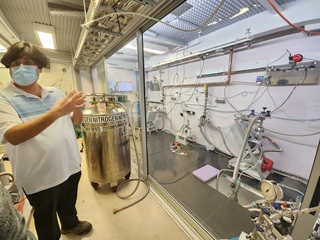
HIRAX
Science goal: Study high-redshift large-scale structure for a constraint on dark energy and transient science to understand the nature of Fast Radio Bursts (FRBs).
WL involvement: The Newburgh group is leading the development of techniques, hardware, and analysis to measure and map the HIRAX beam shape with a quadcopter drone.
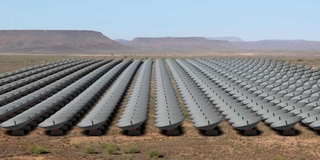
IceCube
Science goal: Search for neutrinos by studying exploding stars, gamma-ray bursts, black holes, and neutron stars.
WL involvement: The Maruyama group studies how supernovae explode, as well as fundamental properties of neutrinos.
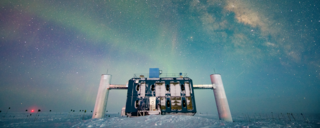
La Silla-QUEST/La Silla Schmidt Southern Survey
Science goal: Study the expansion of the Universe and dark energy.
WL involvement: The Baltay group’s work has improved the precision of the Hubble constant measurement using supernovae and variable stars as calibration standards, such that it is now better than the unexplained discrepancies.
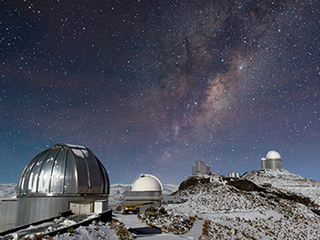
MAST-QG
Science goal: Test whether gravity has a quantum nature by levitating tiny diamonds in a vacuum to see if they become entangled.
WL involvement: Yale is using their expertise in precisely trapping nanoparticles in a vacuum to study the electromagnetic interactions between nanodiamonds.
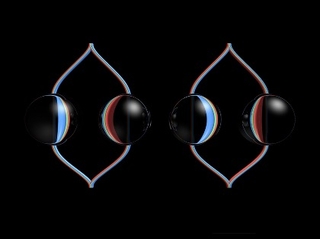
Mu2e
Science Goal: Search for the conversion of a muon directly to an electron in the field of a nucleus. This process is all but forbidden in the Standard Model, and a signal at Mu2e would be a clear sign of new physics.
WL Involvement: The Demers group is heavily engaged with development on the Mu2e trigger, including writing and optimizing algorithms and leadership in the Trigger and Data Acquisition group. Demers is on the Mu2e publications board and led the “Engaging Non-Experts” group to help onboard new collaboration members.

nEXO
Science goal: Search for neutrinoless double beta decay, which could answer why we live in a Universe of matter, not antimatter.
WL involvement: Yale is leading efforts to build the photon detectors for nEXO. Moore serves as the sub-system scientist for the photon sensors. Moore is also collaborating with LLNL and SLAC to study ways to capture xenon directly from the atmosphere.
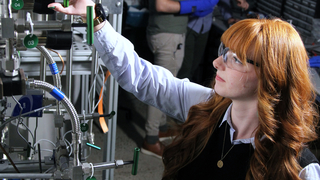
Project 8
Science goal: Utilize a novel technique (CRES) to perform a precision measurement of the yet unknown neutrino mass.
WL involvement: Yale performs R&D on antenna and cavity prototypes; develops algorithms for event reconstruction and analysis; and performs simulations to optimize the detector resolution.

Roman Space Telescope
Science goal: Study the nature of the mysterious acceleration of the expansion of the Universe and dark energy.
WL involvement: Baltay and his collaborator Saul Perlmutter (U.C. Berkeley) have advised NASA for many years on the design and use of the Roman Space Telescope for a supernova survey. The telescope is expected to launch in 2026.
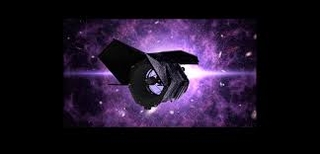
Simons Observatory
Science goal: Probe the Cosmic Microwave Background to learn more about the beginning of the Universe.
WL involvement: The Newburgh group is part of the team commissioning SO. Newburgh leads the data acquisition and control group, mainly building software to control and acquire data.
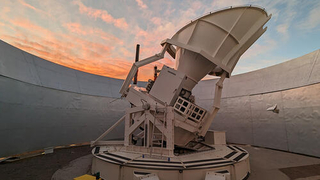
SIMPLE/QuIPS
Science goal: Study interactions involving neutrinos; to test gravity; & to search for dark matter, quantum phenomenon, sterile neutrinos, and new forces.
WL involvement: The Moore group has developed the world’s most sensitive micron-sized force sensors. Both the SIMPLE and QuIPS experiments are located at Wright Lab.
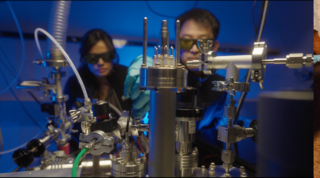
STAR
Science goal: Understand the behavior of nuclear matter under extremes of temperature and density.
WL involvement: Yale plays a critical role in preparations and data-taking, including trigger coordination, shift leadership, on-call detector expertise, and a diverse range of analyses. Caines was co-spokesperson of STAR from 2017-2023
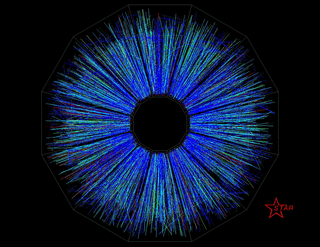
Past Experiments
Wright Lab has been involved in some experiments that have ended or evolved into other experiments.